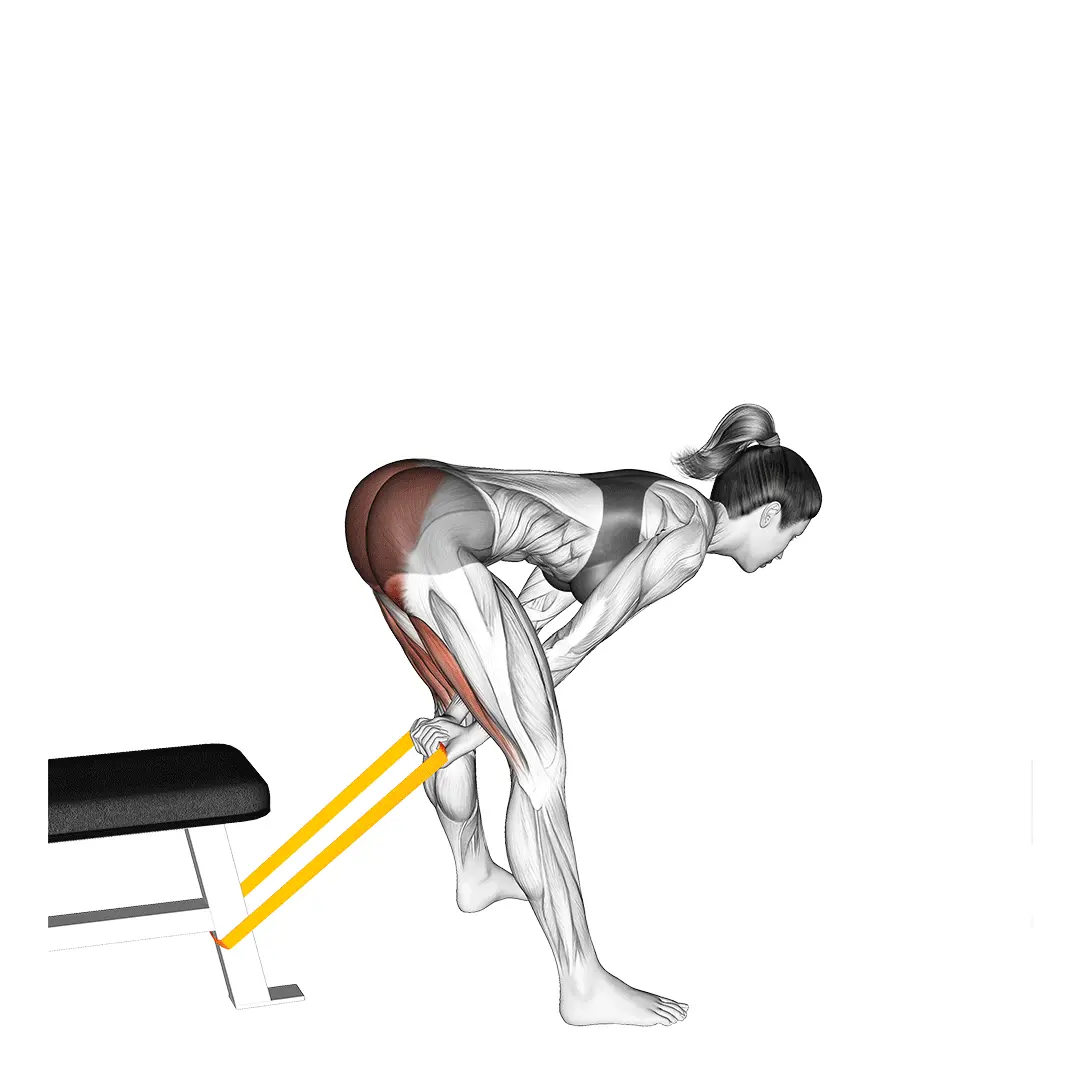Deadlift Hook Grip

Muscles Involved
The deadlift with a hook grip primarily targets the posterior chain, which includes the glutes, hamstrings, and lower back. These muscles play a crucial role in extending the hips and knees during the lift. Additionally, the upper back, specifically the trapezius and rhomboids, are engaged to stabilize the weight as it is lifted. The hook grip also recruits muscles in the forearms and hands, enhancing grip strength while performing this compound exercise. Secondarily, the core muscles, including the abdominals and obliques, are activated to maintain stability and proper spinal alignment throughout the lift.
Top Mistakes
- Using an improper grip: Failing to employ the hook grip correctly can lead to an unstable lift and potential injury.
- Letting the bar drift away from the body: This compromises balance and increases the risk of back strain.
- Rounding the back while lifting: This common mistake places unnecessary pressure on the spine, increasing the chance of injury.
- Starting with inadequate warm-up: Jumping straight into heavy lifts without properly warming up can lead to muscle pulls or tears.
Execution Tips
- Position your feet shoulder-width apart with your toes slightly pointed outwards. This stance provides a solid base for the lift.
- To use the hook grip, wrap your thumb around the bar first, then place your fingers over your thumb, effectively locking it in place. This will enhance grip security.
- Keep your chest up and shoulders back as you begin lifting. This posture helps maintain a neutral spine and prevents rounding.
- Engage your core before initiating the lift, which will help stabilize the spine and generate power from your legs and hips.
- Ensure the barbell remains close to your body throughout the lift to minimize strain and maximize efficiency.
Workouts
The deadlift hook grip is an excellent addition to any strength training routine. Start with 3-4 sets of 5-8 repetitions, focusing on maintaining proper form. Incorporate this exercise at least once a week, potentially pairing it with complementary movements such as squats or rows to activate and develop related muscle groups. Consider progressively increasing the weight to enhance strength gains, but always prioritize form over quantity lifted.
Conclusion
The deadlift hook grip is a highly effective exercise for improving overall strength and muscle development, particularly in the posterior chain. By employing correct form and consistently practicing the hook grip technique, exercisers can enhance their grip strength, stabilize their lifts, and potentially lift heavier weights safely. Overall, integrating the deadlift with a hook grip into a workout routine can lead to significant gains in strength, power, and endurance.



